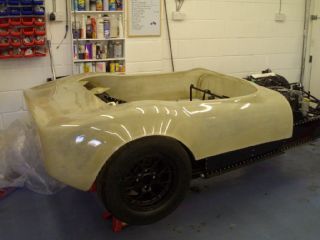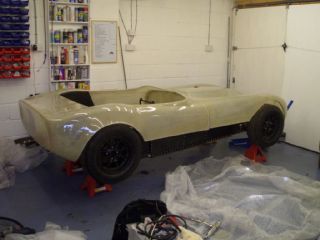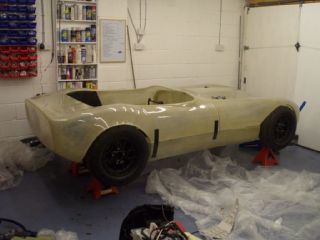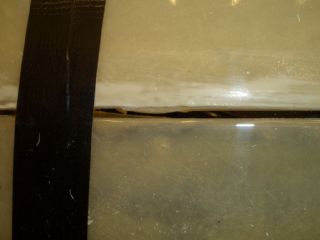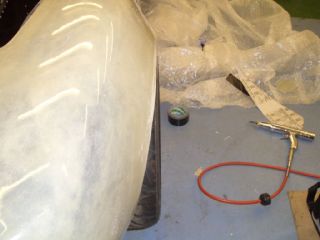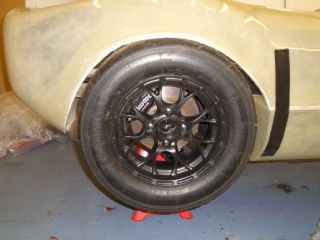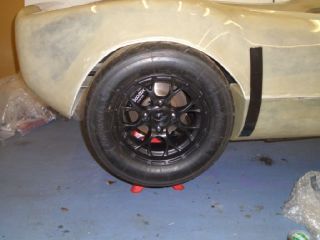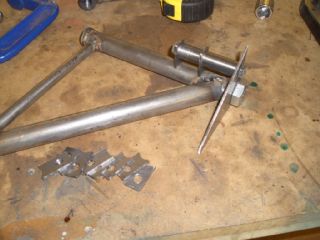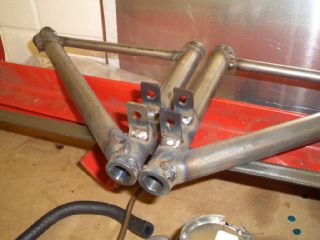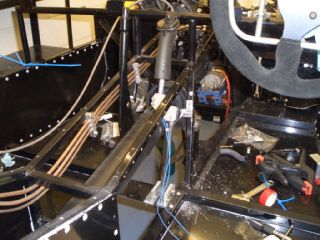
And it's now done, and here it is. It's a stainless 4-2-1 system to a slightly unusual design (at my request) which I'm keeping under my hat for now so that if it turns out to be rubbish I can think of a vaguely credible excuse...
As usual with Competition Fabriactions, however, the quality of the workmanship is very high and all in all I'm very happy with it - although I'll have to see how well it works in practice.



